The Australian government is tipping $1 billion into developing its own guided-missile production industry in the face of a worsening strategic environment.
The Morrison government will be partnering with a global arms manufacturer to establish a new facility, estimated to generate $40 billion in local production and export sales over the next 20 years.
The local facility will also give Australia a homegrown ability to manufacture armaments rather than importing them from overseas.
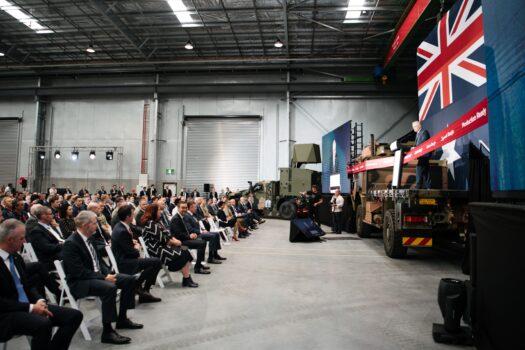
“It’s an imperative we now proceed with the creation of a sovereign guided weapons capability as a priority, accelerating this process following the idea first being explored in the force structure plan.”
Federal Opposition Leader Anthony Albanese has backed the move saying, “Australia does need to be more resilient when it comes to our defence, and this announcement is part of that.”
Global weapons manufacturers Raytheon, Lockheed Martin, BAE Systems, and Kongsberg are expected to bid for the project.
Morrison made the announcement during his visit to Raytheon’s Centre for Joint Integration in Adelaide, home to Australia’s defence manufacturing industry.
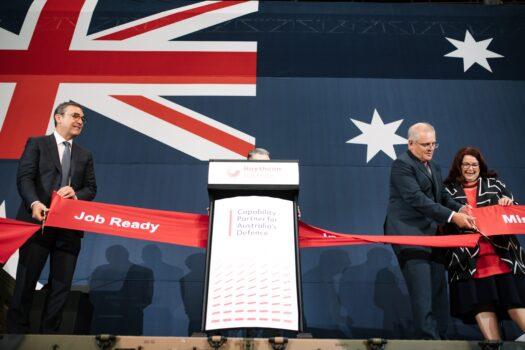
Michael Shoebridge, defence director at the Australian Strategic Policy Institute (ASPI) said the announcement was a recognition of the need to increase the country’s “offensive firepower” before larger projects such as new naval warships and submarines come online in the 2030s.
“It needs to happen in the 2020s, given the deterioration in the Indo Pacific’s security environment driven by China’s increasingly aggressive use of its military power,” he told The Epoch Times.
“Advanced missiles are key to success in modern war, and they need to be available in high volumes in times of conflict,” he added, noting that missiles needed to be supplied from multiple, dispersed production locations, and not just from the United States and Europe.
“Co-production of advanced missiles here in Australia, in partnership with companies who have existing missile designs, is the way to fast-track this initiative.”
As part of the prime minister’s Adelaide visit, the government announced a $111 million sustainment contract with Raytheon Australia to support the jointly developed Raytheon-Kongsberg National Advanced Surface to Air Missile System (NASAM), a short-range, air defence weapons system.
“The Centre for Joint Integration will contribute to the development of some of Australia’s most important defence capabilities,” newly anointed Defence Minister Peter Dutton said in a statement.
“It will serve as Raytheon’s main site for the manufacture, assembly and systems integration in Australia and will play a pivotal role in supporting and sustaining the new Short Range Ground Based Air Defence Capability.”
The record investment comes in response to what Prime Minister Morrison described as a world “that is poorer, that is more dangerous, and that is more disorderly.”
“The Indo-Pacific is the epicentre of rising strategic competition,” he said.
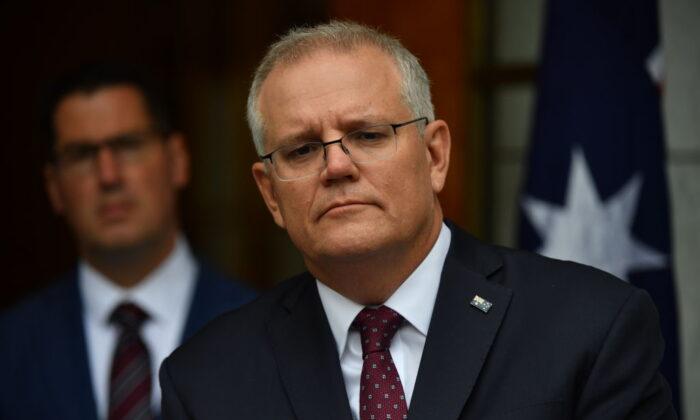


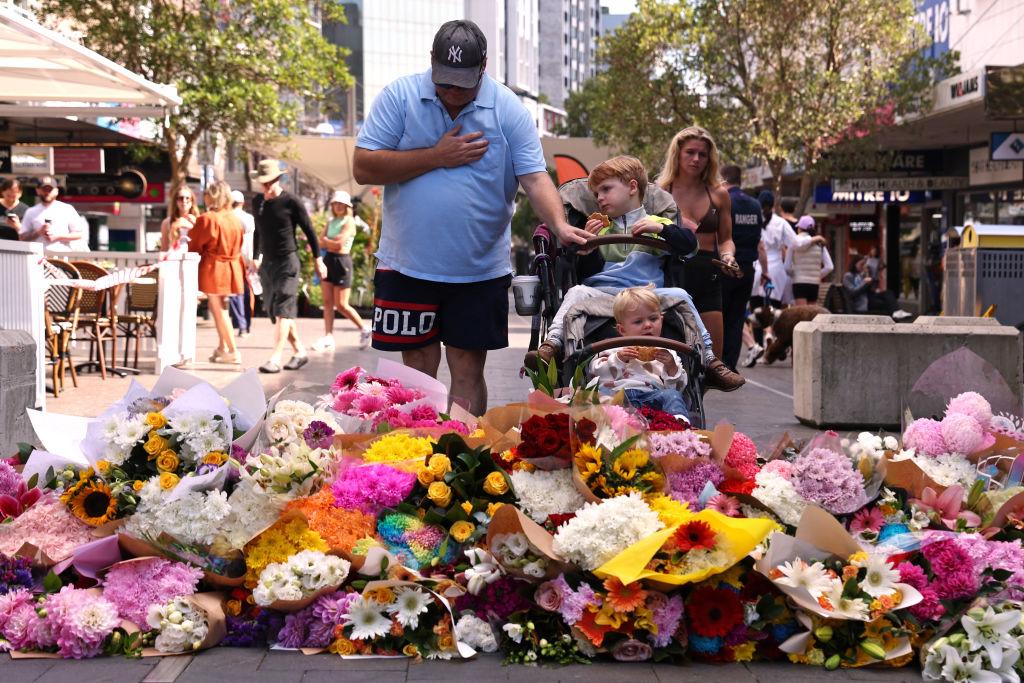
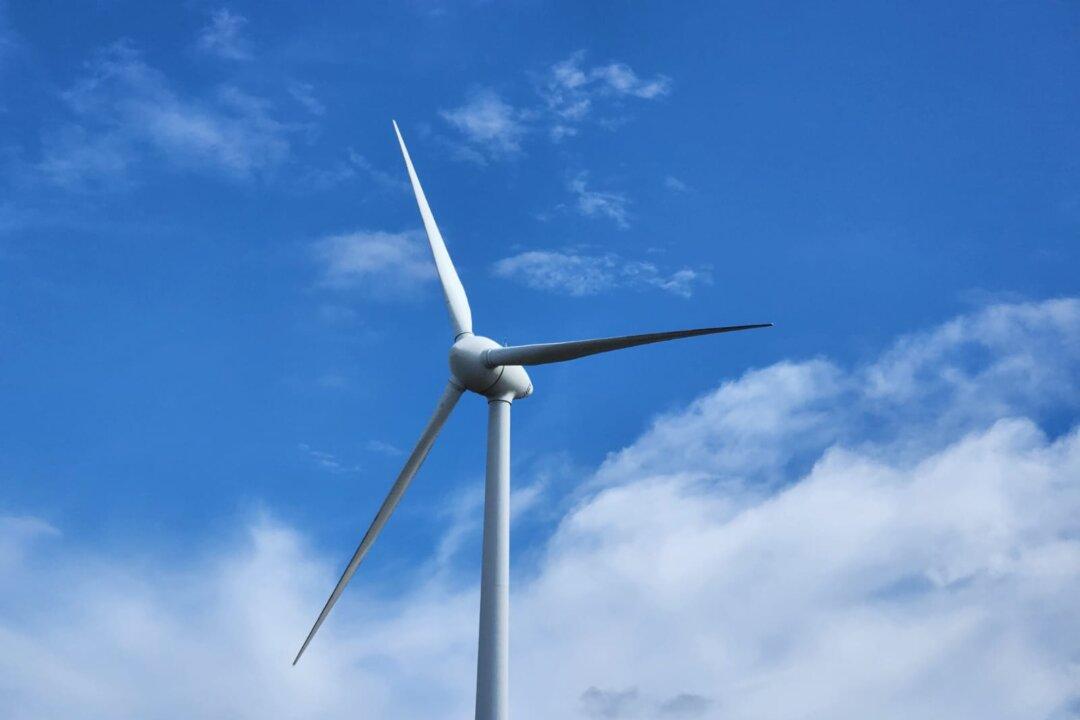
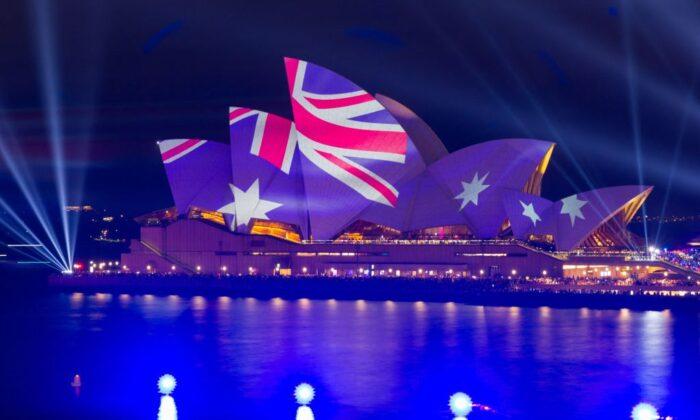
Friends Read Free